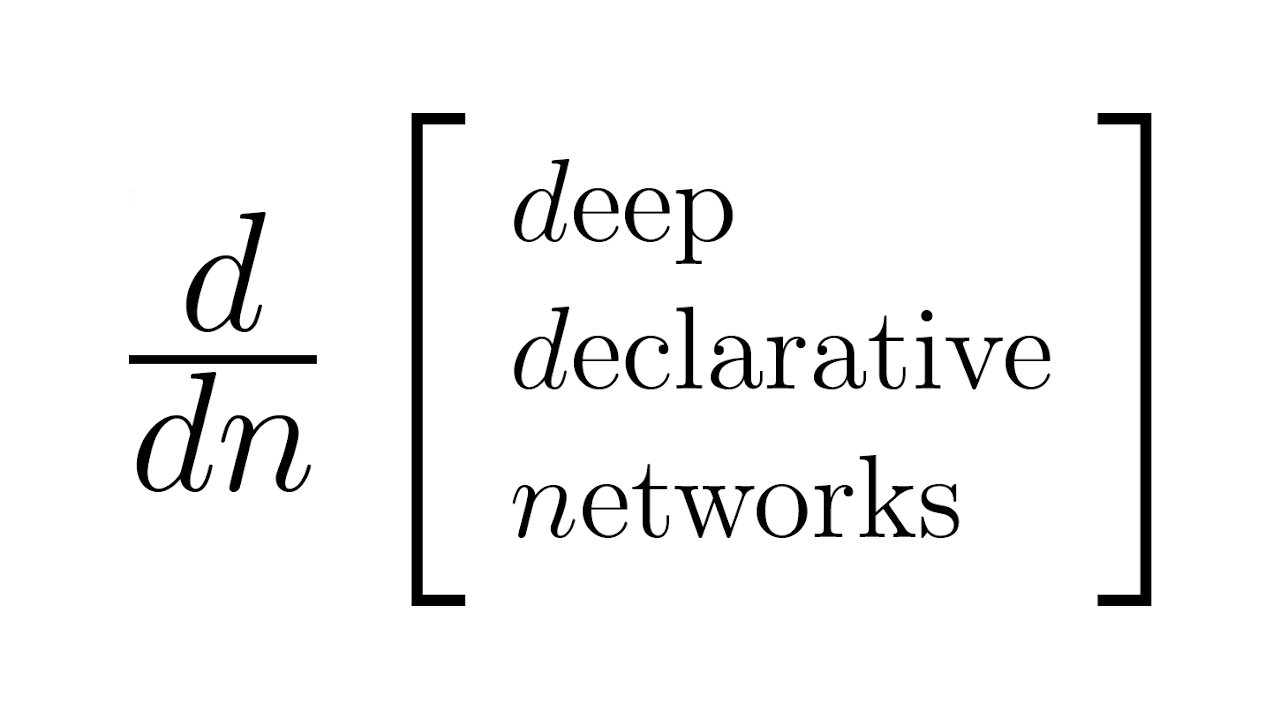Deep Declarative Networks (DDNs) are a class of deep learning model that allows for optimization problems to be embedded within an end-to-end learnable network. This repository maintains code, tutorials and other resources for developing and understanding DDN models.
You can find more details in this paper (also here), which if you would like to reference in your research please cite as:
@journal{Gould:PAMI2022,
author = {Stephen Gould and
Richard Hartley and
Dylan Campbell},
title = {Deep Declarative Networks},
journal = {IEEE Transactions on Pattern Analysis and Machine Intelligence},
year = {2022},
month = {Aug},
volume = {44},
pages = {3988--4004},
doi = {10.1109/TPAMI.2021.3059462}
}
Either clone code from GitHub or install with pip install "git+https://github.com/anucvml/ddn.git".
When running code from the command line make sure you add the ddn package to your PYTHONPATH. For example:
export PYTHONPATH=${PYTHONPATH}:ddn
python tests/testBasicDeclNodes.py
Documentation for the ddn package is provided in the ddn directory (also here) and many examples given in the interactive tutorials.
These should be opened in Jupyter notebook:
cd tutorials
jupyter notebook
or viewed using using jupyter.org's notebook viewer.
Reference (PyTorch) applications for image and point cloud classification can be found under the apps
directory. See the README files therein for instructions on installation and how to run.
Documentation can be generated using:
pdoc --html --output-dir docs ddn
The ddn library is distributed under the MIT license. See the LICENSE file for details.
